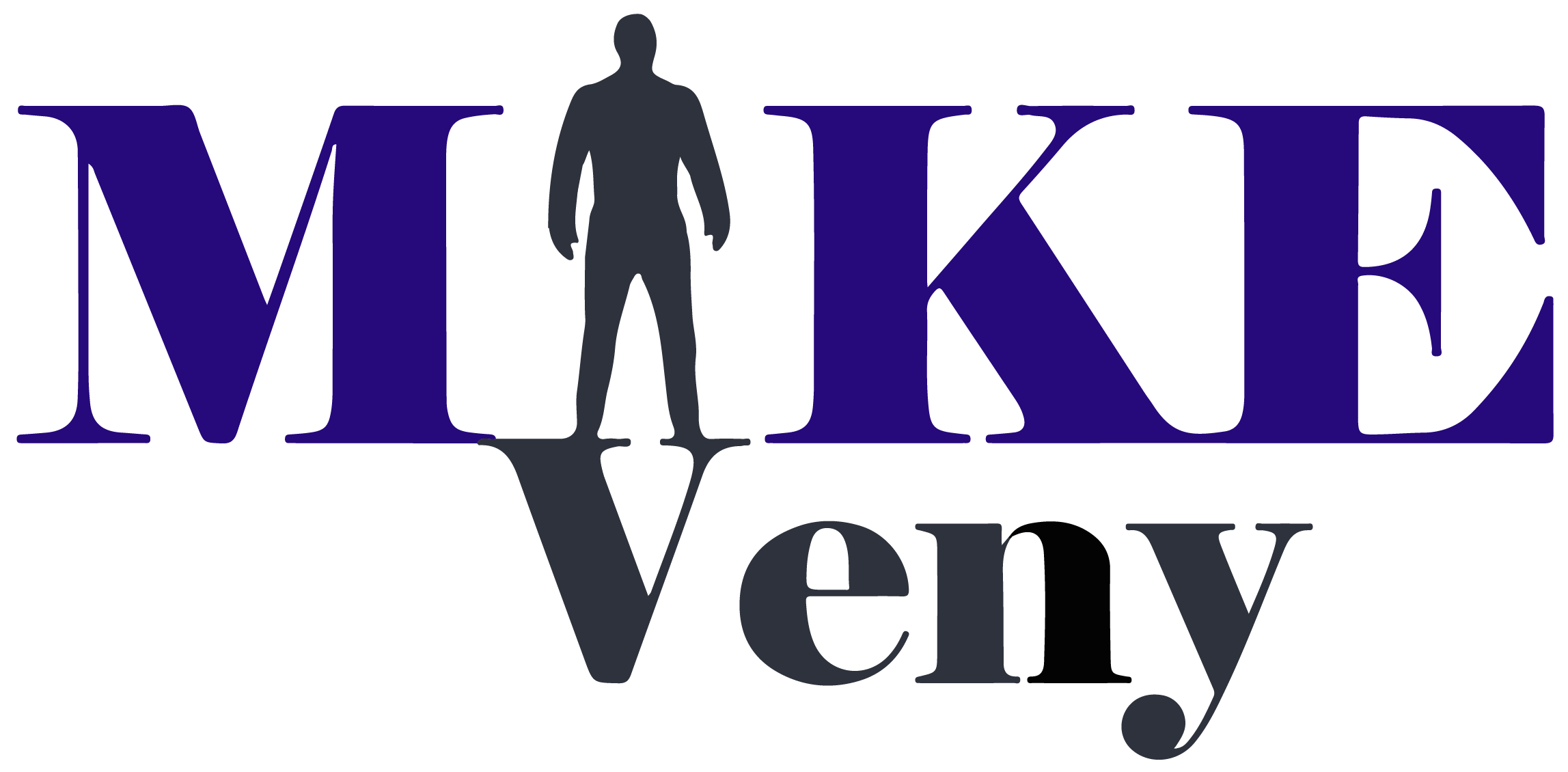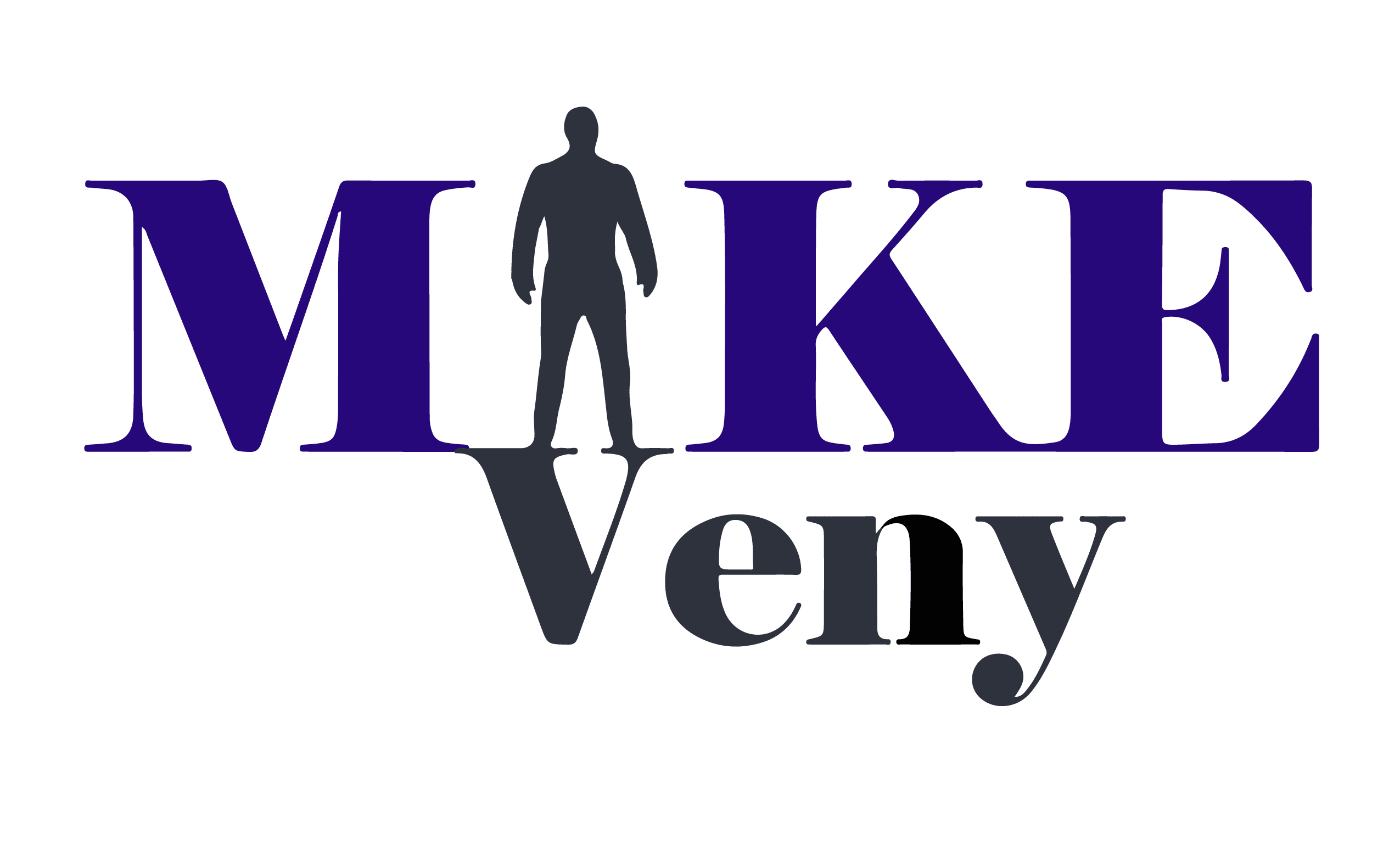
In today’s fast-paced business world, we’ve come to realize that soft skills training for employees is more than just a buzzword—it’s a necessity. As leaders in the corporate landscape, we’ve witnessed firsthand how strong interpersonal abilities can transform workplace dynamics and boost productivity. From effective communication to problem-solving, these non-technical skills have a profound impact on an organization’s success, making soft skills development training a crucial investment for companies of all sizes.
We understand that implementing a comprehensive soft skills curriculum can seem daunting. That’s why we’re here to guide you through the process step by step. In this article, we’ll explore the benefits of soft skills training for employees, show you how to assess your organization’s needs, and provide insights on designing effective soft skills courses. We’ll also delve into the best practices for implementing and evaluating your training programs, including online soft skills training options and innovative soft skills activities. By the end, you’ll have a clear roadmap to enhance your team’s interpersonal abilities and drive your company’s growth.
The Importance of Soft Skills in the Workplace
### Definition of Soft Skills
Soft skills are personal attributes that enable individuals to interact effectively with others in the workplace. Unlike hard skills, which are teachable and measurable technical abilities, soft skills are intangible qualities that shape how we work and collaborate. These skills include communication, teamwork, problem-solving, leadership, and emotional intelligence. Soft skills are often referred to as people skills or interpersonal skills, reflecting their importance in building relationships and navigating social situations [14].
Benefits of Soft Skills Training
Investing in soft skills training for employees has numerous advantages for both individuals and organizations. Firstly, it enhances overall job performance and productivity. Employees with strong soft skills are better equipped to handle workplace challenges, communicate effectively, and collaborate with team members. This leads to improved efficiency and higher-quality work output [20].
Secondly, soft skills training contributes to a positive work environment. When employees possess strong interpersonal skills, they’re better able to resolve conflicts, show empathy, and build supportive relationships with colleagues. This fosters a more harmonious workplace culture, which in turn boosts employee satisfaction and retention rates [20].
Lastly, soft skills training plays a crucial role in leadership development. As employees hone their communication, problem-solving, and emotional intelligence skills, they become better prepared to take on leadership roles within the organization. This internal development of leadership talent can be a significant asset for companies looking to grow and adapt in a rapidly changing business landscape [20].
Common Soft Skills to Develop
While there are numerous soft skills that can benefit employees, some are particularly valuable in today’s workplace. Communication tops the list, as it’s essential for conveying ideas clearly, listening actively, and fostering understanding among team members. Effective communication skills can help prevent misunderstandings and enhance collaboration across all levels of an organization [32].
Another critical soft skill is emotional intelligence. This involves recognizing and managing one’s own emotions, as well as understanding and empathizing with others’ feelings. Employees with high emotional intelligence are often better equipped to handle workplace stress, resolve conflicts, and build strong relationships with colleagues and clients [32].
Problem-solving and critical thinking are also highly sought-after soft skills. In today’s fast-paced business environment, employers value employees who can analyze situations, identify issues, and develop creative solutions. These skills enable workers to adapt to new challenges and contribute to the organization’s growth and success [32].
Lastly, teamwork and collaboration skills are essential in most modern workplaces. The ability to work effectively with others, share ideas, and contribute to group projects is crucial for achieving organizational goals. Employees who excel in teamwork often find it easier to navigate complex work environments and contribute to a positive company culture [32].
Assessing Your Organization’s Soft Skills Needs
To develop an effective soft skills training program for employees, we need to start by identifying the specific areas where our organization needs improvement. This process involves conducting a thorough skills gap analysis and pinpointing the priority soft skills that align with our business objectives.
Conducting a Skills Gap Analysis
A skills gap analysis is a valuable tool to determine the disparity between the skills our organization requires and those our workforce currently possesses. This assessment helps us target our employee development initiatives and inform our hiring programs. To conduct a comprehensive skills gap analysis, we should:
- Identify the skills we need by answering two crucial questions:
- What skills do we value as a company?
- What skills do our employees need to do their jobs well now and in the future?
- Consider our company’s job descriptions, business objectives, and values. It’s also essential to think about the new skills our company might need in the coming years.
- Involve our employees in the process. We can survey team members on what skills they think are missing. Their insights can prove invaluable and help them feel they’re contributing to our company’s growth.
- Use numerical rating scales to assess skills gaps. This approach can be more practical when we want to aggregate individual scores. We should ensure we have explicitly defined scales, ranging from poor to excellent or inexperienced to expert.
- Measure skill levels using various methods such as surveys, assessments, interviews with employees, feedback from performance reviews, or skills management software.
By following these steps, we can gain a clear picture of where our organization stands in terms of soft skills and identify areas that need improvement.
Identifying Priority Soft Skills
Once we’ve conducted our skills gap analysis, the next step is to identify the priority soft skills that are most relevant to our organization and industry. Some common soft skills that are crucial in today’s workplace include:
- Communication: Effective verbal and written communication is essential for conveying ideas, collaborating with colleagues, and building strong relationships.
- Teamwork: The ability to work harmoniously in a team, share responsibilities, and contribute to group goals is vital for achieving success in many workplace environments.
- Time management: Ensuring tasks are completed efficiently, deadlines are met, and workloads are balanced is crucial for productivity.
- Problem-solving and critical thinking: Employees who can analyze complex issues, think critically, and propose innovative solutions are invaluable assets to any organization.
- Adaptability: Given the rapid pace of change in today’s workplaces, individuals who can adapt are highly sought after.
- Leadership: Even employees who are not in formal leadership positions can benefit from leadership skills, which include the ability to motivate, inspire, and guide others.
- Emotional intelligence: Recognizing, understanding, and managing one’s own emotions as well as being attuned to the emotions of others is critical for effective interpersonal relationships.
By focusing on these priority soft skills, we can develop a targeted training program that addresses our organization’s specific needs and helps our employees thrive in their roles.
Designing an Effective Soft Skills Training Program
When creating a soft skills training program for employees, it’s crucial to choose the right training methods, develop engaging content, and incorporate real-world scenarios. Let’s explore these key aspects to ensure your program is effective and impactful.
Choosing Training Methods
To develop soft skills effectively, we need to use a variety of training methods. Interactive workshops are a cornerstone of practical soft skills development. These sessions simulate real-world scenarios, offering a dynamic way to learn crucial soft skills. Facilitators guide participants through exercises on critical areas such as communication strategies and conflict resolution techniques.
Another effective method is mentorship programs. By pairing participants with experienced mentors from relevant industries, we provide a unique opportunity for real-time learning and feedback. Mentors can tailor their guidance to the specific needs of their mentees, addressing individual weaknesses and building on strengths.
Group projects are also vital, as they foster essential soft skills like teamwork, leadership, and time management. By working collaboratively, employees learn to share ideas, delegate tasks, and support each other to achieve common goals.
Creating Engaging Content
To keep participants engaged, it’s crucial to demonstrate the relevance of soft skills training to their roles and personal growth. We can do this by contextualizing learning and connecting the training content to real-life situations and job responsibilities.
One effective way to create engaging content is through story-based learning. This approach uses narratives or storytelling techniques to convey important lessons and principles related to soft skills. Through compelling narratives, employees can relate to characters, empathize with their experiences, and gain insights into different soft skills and their applications.
Video is another useful format for teaching soft skills. It allows learners to observe soft skills in real-life scenarios and translate them into everyday life. We can include interactive videos that set up scenarios with characters and ask learners to make decisions that tap into their soft skills.
Incorporating Real-World Scenarios
Incorporating real-world scenarios into soft skills training is crucial for effective learning. Role-playing exercises are a dynamic method to develop soft skills within work readiness programs. These activities require participants to act out various workplace scenarios, allowing them to practice responses to different situations in a controlled, reflective environment.
We can also use scenario-based learning, which involves presenting employees with realistic scenarios or case studies that reflect common workplace situations. Participants are tasked with analyzing the scenario, making decisions, and solving problems using their soft skills. This approach encourages critical thinking, decision-making, and the application of various soft skills in a practical context.
By focusing on these key aspects – choosing the right training methods, creating engaging content, and incorporating real-world scenarios – we can design an effective soft skills training program that truly benefits our employees and organization.
Implementing and Evaluating Your Soft Skills Training
### Delivering the Training
When it comes to delivering soft skills training for employees, we have several effective methods at our disposal. One approach is to implement comprehensive training programs that include workshops, seminars, and online courses. These programs should focus on critical areas such as communication, problem-solving, and teamwork. We can also use interactive workshops to simulate real-world scenarios, offering a dynamic way for participants to learn crucial soft skills.
Another powerful method is mentorship. By pairing less experienced employees with seasoned mentors, we provide personalized feedback and guidance. This hands-on learning approach accelerates skill acquisition by offering real-world context and practical examples. It enriches the learning process and helps mentees effectively apply soft skills in their roles.
To make the training more engaging and effective, we can utilize online platforms, soft skills assessment tools, and immersive technologies like AI and VR. These tools simulate real-life scenarios, ensuring employees can apply their skills in practical contexts. For instance, Talespin’s AI-powered no-code authoring content creation tool, CoPilot Designer 3.0, allows businesses to create XR learning content quicker and easier [86].
Measuring Results
Measuring the effectiveness of soft skills training is crucial to determine if the program is achieving its desired outcomes. We need to establish clear benchmarks aligned with our organization’s objectives. These can be both qualitative and quantitative. Qualitative measurements may include observing improvements in teamwork, communication, and conflict resolution. Quantitative measurements might involve tracking productivity levels and customer satisfaction [86].
Various tools and techniques are available to assess the effectiveness of soft skills training. Surveys, interviews, and observation can provide valuable insights into participants’ perceptions and skill development progress. Self-assessment and peer evaluations offer well-rounded perspectives on individual improvement. Integrating technology such as online assessments and data analytics further enhances the accuracy and efficiency of measurement techniques [86].
It’s important to note that while we can put dollar estimates on the ROI of soft skills training, the very nature of these skills makes them impossible to measure comprehensively with complete accuracy. There’s a difference between ‘ROI’ and ‘total impact.’ Although we can’t measure the full impact with numbers, finding related objectives that we can measure will prove to be only the tip of the benefits iceberg [88].
Continuous Improvement
To ensure the long-term effectiveness of soft skills training, we should adopt a culture of continuous improvement. This involves regularly reassessing training programs, updating content to align with industry trends, and utilizing innovative teaching methods. By keeping pace with evolving workplace dynamics and tailoring training to meet changing needs, we can maximize the impact of soft skills training on our overall effectiveness and success [86].
We should also encourage employees to engage in lifelong learning through refresher courses and upskilling programs. Integrating learning initiatives into daily work routines ensures ongoing skill development, fostering a resilient and adaptable workforce capable of meeting evolving business demands [83].




